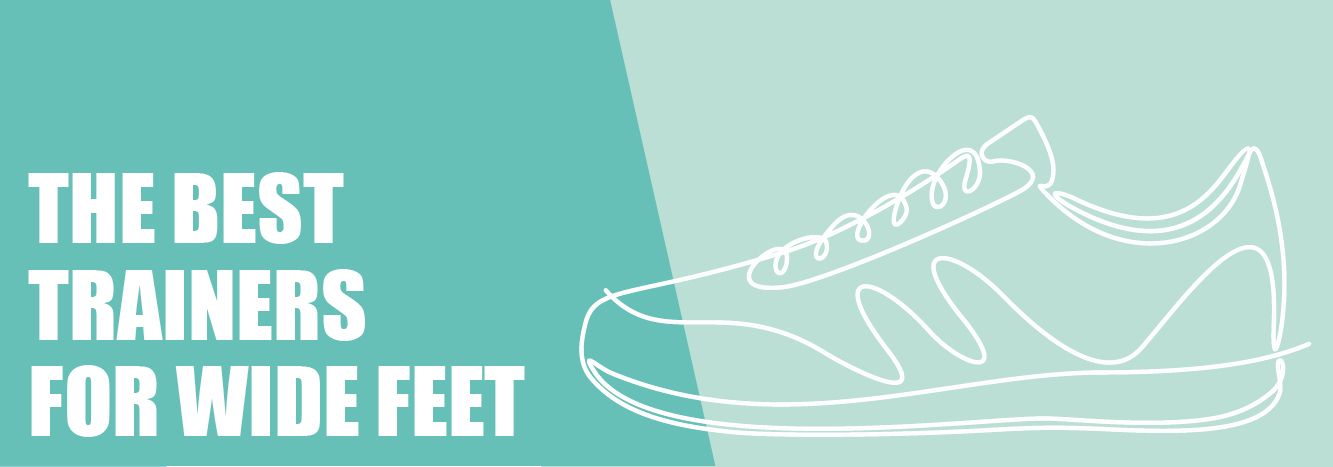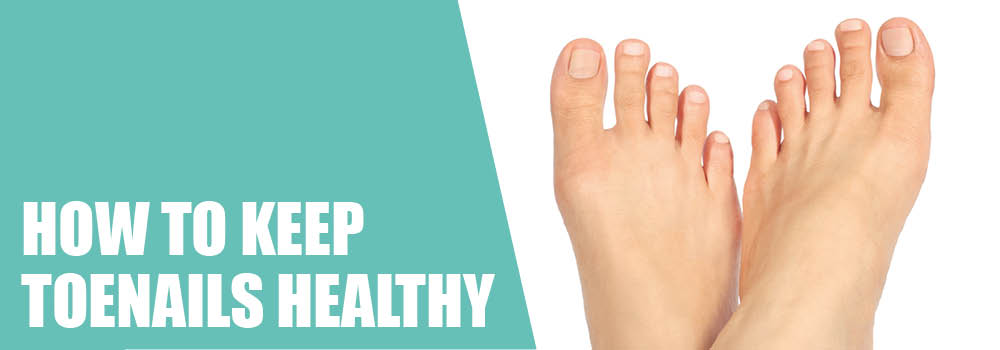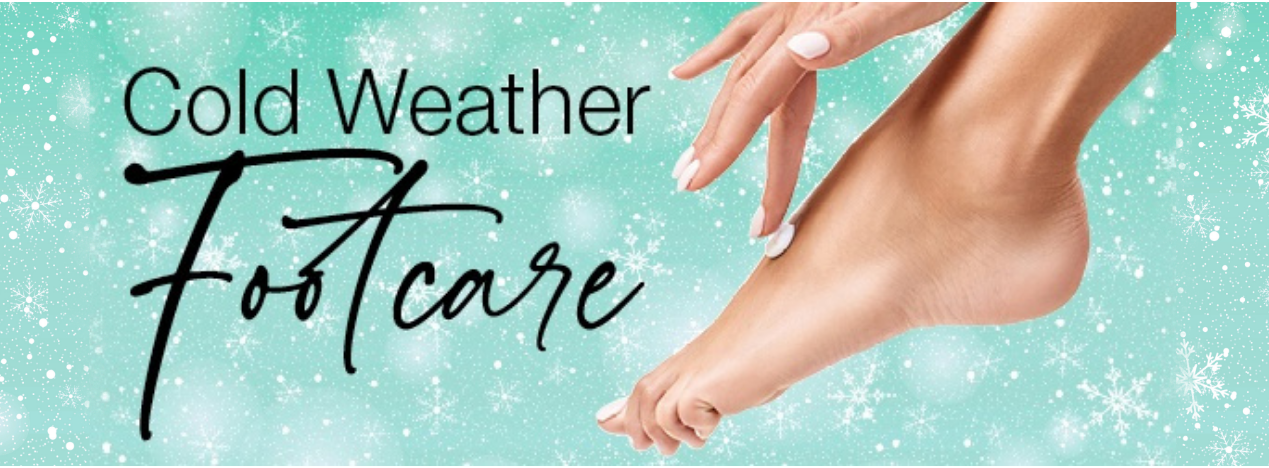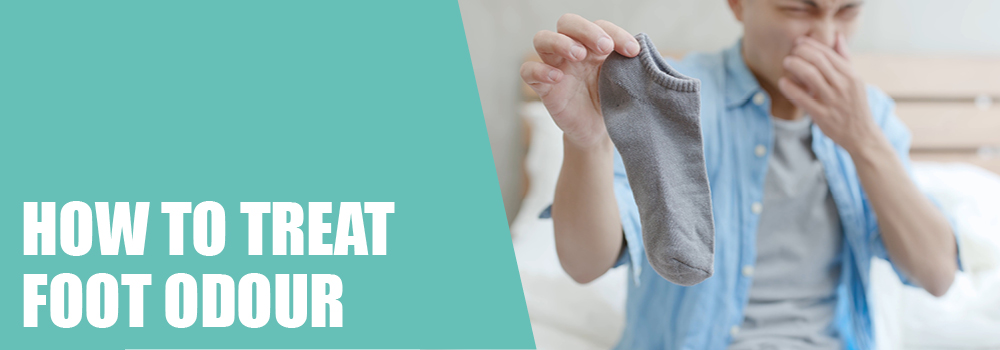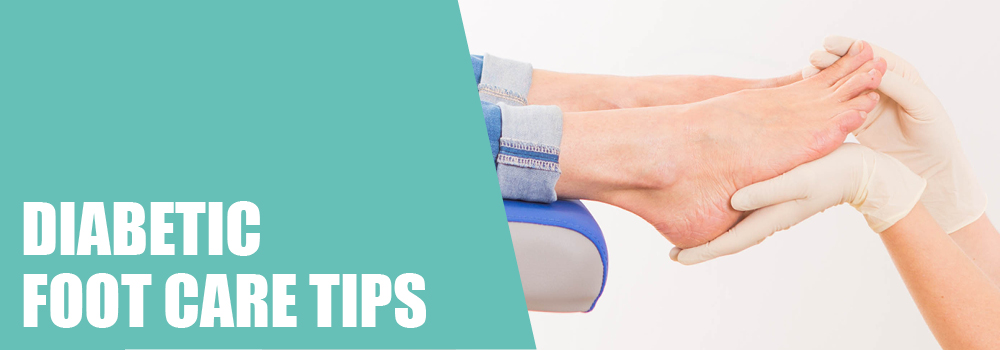How To Stop Shoes From Rubbing
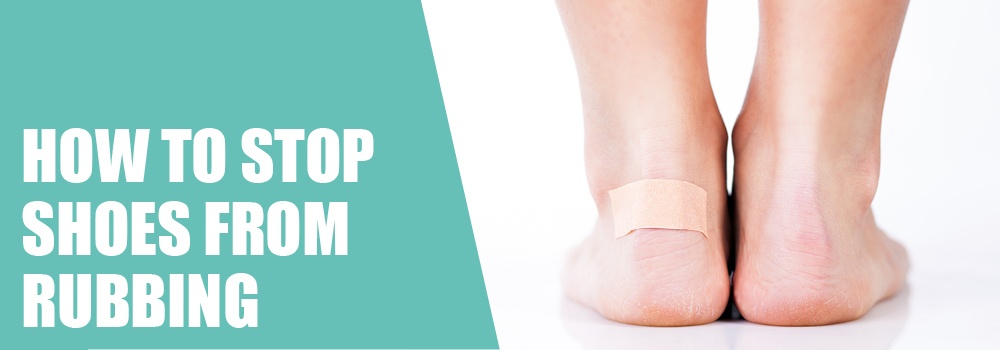
We’ve all been there! You buy a brand new pair of shoes that look and feel great when you try them on. Then you start wearing them and you’re left wondering ‘‘How do I stop my shoes from rubbing?’’. It can be incredibly painful when your new favourite shoes rub your heel and toes and can even cause injury if left untreated. Fortunately at Simply Feet we have a number of solutions to prevent the back of your foot from throbbing and your pinky toe blistering. Following this advice will help you to enjoy your new shoes rather than wince in pain.
Read on to discover Simply Feet’s top tips on how to stop shoes from rubbing and causing discomfort.
How Should Shoes Fit?
Shoes should fit comfortably on each foot with the back of the heel comfortably aligned to the shoe. There should be a slight bit of space between your heel and the shoe to stop shoes from rubbing. Likewise, toes should be near the end of the shoe, with a little room to wiggle them. We recommend trying new shoes on both feet to make sure that they fit comfortably.
What Causes Shoes To Rub?
The friction generated between the shoes and your heels and/or toes is what causes shoes to rub. This fiction is established when walking and the extent of discomfort can depend upon several factors including the shape of the shoe, it’s material, tightness and even quality of socks! Following our recommendations below will help to stop shoes from rubbing your toes and heel.
8 Tips On How To Stop Shoes From Rubbing
1. Get Your Feet Measured
Most people think they already know their shoe size. Often that is indeed the case, but sometimes it’s not. Shoe size and fit can depend upon the shoe manufacturer and even the time of day! Your feet expand throughout the day, so it’s always sound advice to get your shoe fitted in the afternoon. That way you can ensure that your shoes will fit no matter the time. For advice on how to accurately measure your shoe size, discover our shoe size and fitting guide.
2. Wear Good Socks
When trying shoes for the first time it’s important to wear a good pair of socks. Wear the type of socks that you intend to wear with the shoe you are trying on. Sturdy socks help to stop your heels and toes from rubbing in shoes by reducing the friction against your skin. Make sure that you provide plenty of cushioning between your feet and the shoes to avoid blistering.
3. Get Insoles Fitted
Adding insoles to your shoes is an excellent way to stop shoes from rubbing and causing blisters. Insoles reduce friction when you walk and provide the ultimate protection for the back of your heel. Not only that, adding insoles to your new shoes can often improve the fit and feel of the shoes. So overall the shoes will become more comfortable and will ease any discomfort. At Simply Feet we have a range of insoles purposely designed to stop shoes from rubbing.
4. Apply Heel Cups & Cushions
Applying heel cups or cushions are another effective method of stopping shoes from rubbing your heel. These insole accessories are designed to stop the back of your foot moving around in the shoe. They offer additional support and are primarily used to stop heel pain from arising. We particularly recommend heel cups and cushions for leather boots which are prone to causing discomfort. Stop your shoes from rubbing with our range of heel cups and cushions.
5. Reduce Moisture
Shoes gain moisture over time when your feet sweat during the course of a day. The British weather doesn’t help either! This build up of liquid dampens your shoes and can cause friction. At Simply Feet we have a great solution to stop shoes from rubbing the top of your toes. Our Gehwol Foot Powder is perfect at reducing the odour caused from your feet perspiring and will also reduce moisture. Simply spray onto your feet to keep them fresh and clean!
6. Consider The Shoe Material
When buying new shoes it’s important to consider the type of material. Although we have solutions to the age old question of how to stop shoes from rubbing, it pays to consider the shoe material. Synthetic textiles are more likely to generate friction than shoes made from natural materials. This is worth bearing in mind to stop heels and toes from blistering. It’s also worthwhile to look at the lining of your shoes to determine if any stitching will cause irritation.
7. Stretch Your Shoes
Having already acknowledged the importance of getting your feet measured when getting new shoes, once bought it is also advisable to consider stretching them out to stop shoes from rubbing. Doubling up on socks will increase the girth of your feet and gradually stretch out the material. You can also purchase a shoe stretching kit which will assist with the whole process. Likewise, taking your new shoes to a local cobbler to stretch will help to prevent discomfort.
8. Wear Plasters
This may sound pretty basic advice, but wearing plasters before pain or discomfort appears can stop shoes from rubbing. This is particularly important when wearing new shoes for the first time. Popping a plaster on the back of your heels will not only protect them from rubbing and friction, they will also provide an extra layer between your foot and the shoe which will improve the fit. This simple precaution can help to save you from a lot of future pain and discomfort.
Now that you know how to stop your shoes from rubbing your feet and how to prevent your pinky toe from blistering, why not take action today! We offer an excellent range of Foot Care and Foot Health products suitable for keeping your feet happy and comfortable all day long. Whether you are on your feet all day at work or do a lot of walking at weekends it’s vital to ensure that your feet are well looked after each time you put your shoes on. Browse our range of insoles and foot health products and give your feet the protection and care they deserve.
For more information on heel conditions and concerns, please speak to a podiatrist. Alternatively you can browse our blog for more useful tips for foot health and shoe advice.
If you require any further assistance, please contact us here, and a member of our staff will be in touch with you!

